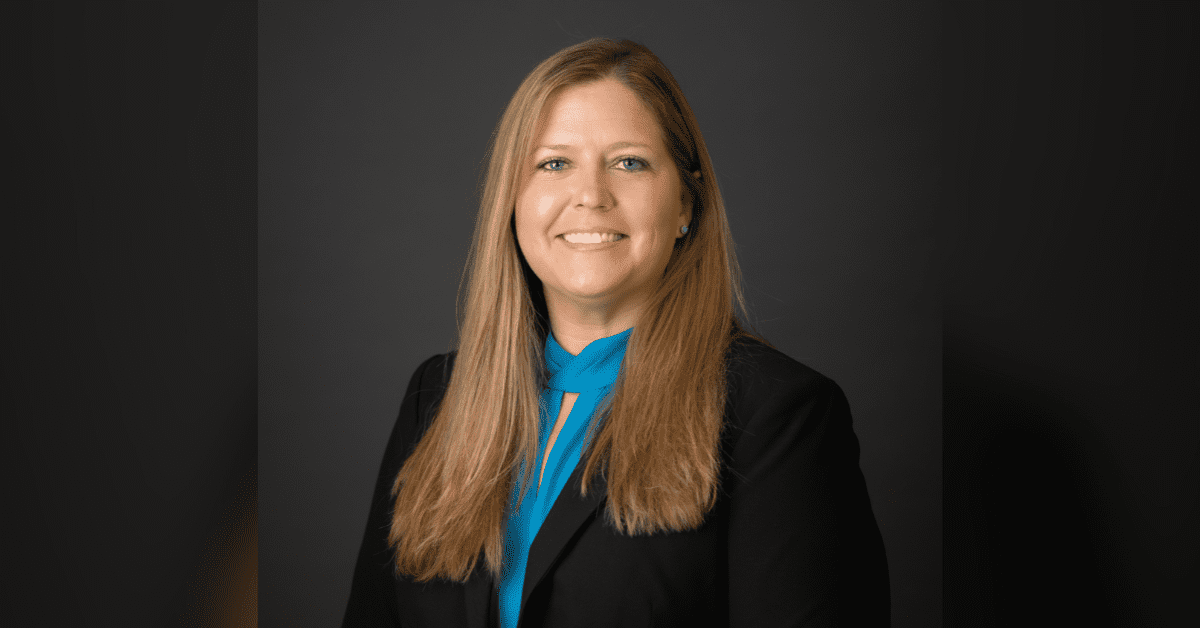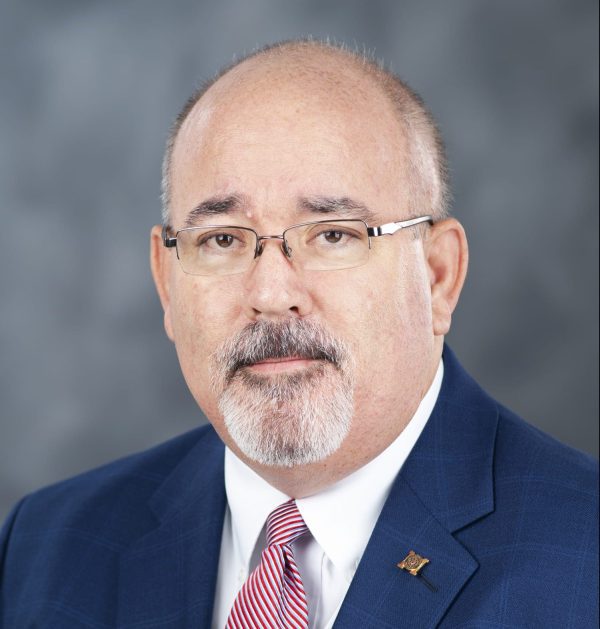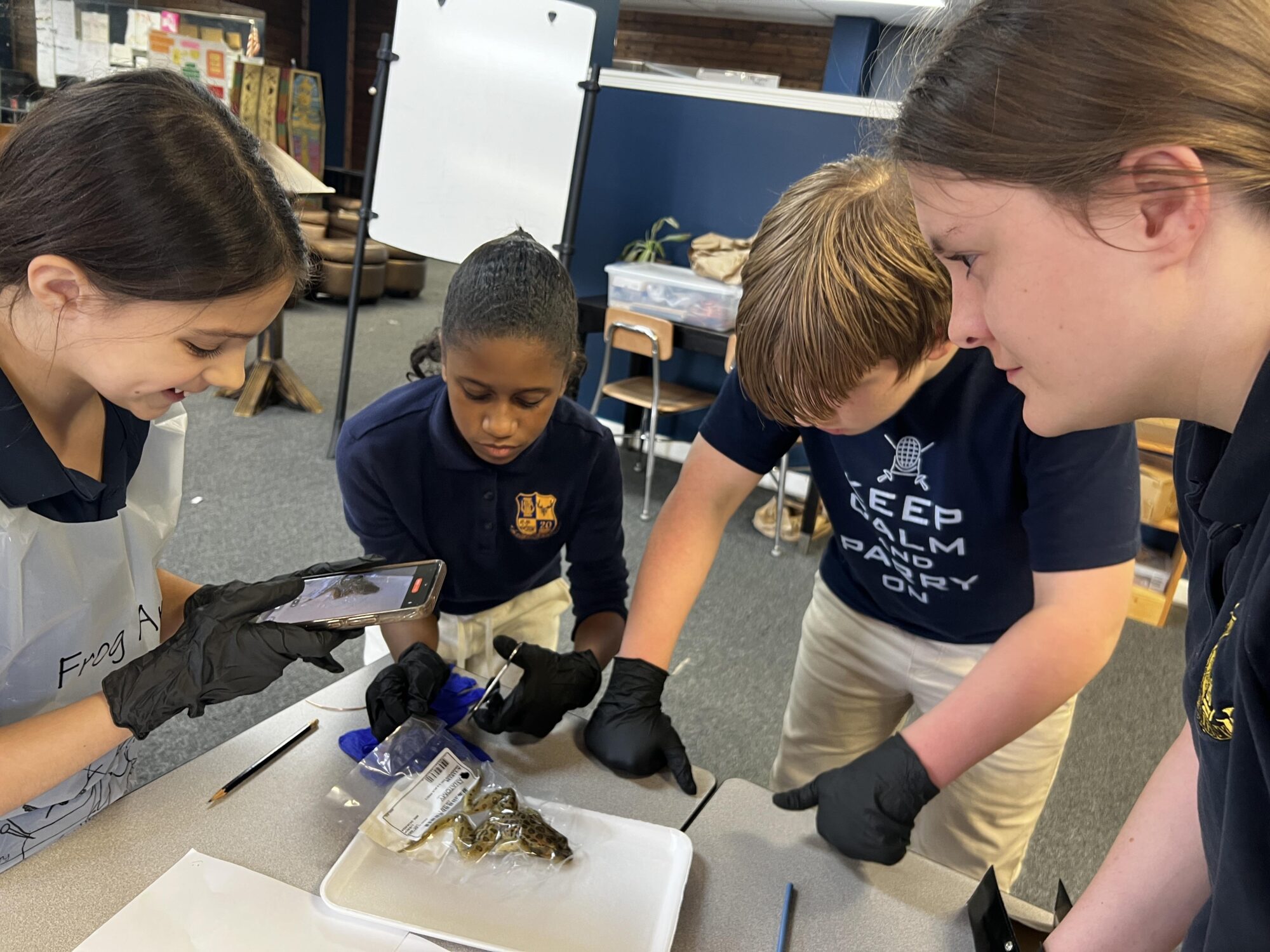
- AccelerateMS Executive Director Dr. Courtney Taylor says Mississippi’s workforce infrastructure must evolve.
Mississippi is on the rise in every way. We’ve experienced record-breaking economic development wins, creating more quality jobs in all corners of the state. We’ve eliminated income taxes, surged in national workforce rankings—now at #3 in Site Selection Magazine, ahead of states that traditionally lead—and posted the nation’s second-highest GDP growth. Fourth-grade students here lead the country in gains in reading and math. Across tourism, business, and education, the momentum is real.
The results reflect hard choices and disciplined leadership. Mississippi is prioritizing the return on investment over tradition or convenience. We’ve shown that transformative change is possible when we stop playing defense and take ownership of our future.
But we can’t afford to rest. There are real challenges facing our people, our industries, and our public systems—especially the workforce system. Maintaining momentum requires urgency, tough decisions, and a willingness to break from the past.
We don’t need a rescue plan from Washington. There’s not enough of other people’s money to keep funding outdated approaches. If we want better outcomes, we need to keep doing what’s working: leading with courage, acting with clarity, and staying focused on results.
The simple reality is the workforce system can’t control the quantity or quality of available jobs, but it can align with economic development to build demand and guide people toward those jobs. A high-functioning system should ensure the public has access to quality career pathways with industry leaders having deep input. Yet too often, that alignment breaks down and people are left navigating a maze with no real map.
Five years ago, Mississippi created a first-of-its-kind office—The Office of Workforce Development, known as AccelerateMS—to tackle these challenges head-on. What we found was a fragmented system overwhelmed by outdated processes, lacking accountability, driven by any outputs instead of quality work outcomes, and saturated with low-value training programs that had little to no measurable impact on a person’s long-term earnings.
At the heart of this dysfunction was a critical truth: too little time was spent analyzing what’s actually happening, studying the system and asking hard questions, making hard decisions necessary to maximize precious resources and minimize waste. Calls for more funding echo across the system but when asked ‘to what end, and for how long?’ the answer is often vague—or infinite.
Mississippi can no longer afford that approach.
When AccelerateMS took over, millions of taxpayer dollars were being spent on training that prioritized volume over value — basic safety certifications, low-skill roles, and short courses that offered little more than a checkbox on a report. Mississippians deserve high-quality training aligned with high-wage, high-demand fields. To drive meaningful outcomes, we had to pivot. That meant stop wasting dollars on no-value activities and start investing in high-value training for fields like robotics, equipment operators, diesel mechanics, industrial maintenance technicians, and nurses — jobs that pay well, offer growth, and meet real industry demand. But this transformation hasn’t been fast enough, and the system continues to lack the scale and clarity it needs.
Let’s be clear: we don’t need more people trained to do jobs that barely pay above the poverty line. We need people prepared for the jobs that pay well above average. We need systems that prioritize economic mobility over program preservation.
And we need our social support structures to do more than just distribute benefits. They must become launch pads to self-sufficiency. That means integrated support for childcare, transportation, and housing only when paired with real pathways to quality jobs.
Too many people on the sidelines of the labor market are simply unaware—not unwilling. They don’t know what jobs are available or how to access them. Touting vague job numbers doesn’t help. Showing a person a clear, supported pathway to a job that could change their life forever does.
That’s the work we’re doing—but we need more partners willing to embrace hard truths.
One of those truths is that Mississippi’s workforce infrastructure must evolve, if for no other reason than federal workforce funds have been steadily declining in Mississippi for years now. We must rethink how services are delivered to avoid a crisis of sustainability. We need a workforce development system that’s a launchpad for workers not a jobs program for bureaucrats. I welcome collaborative efforts to identify opportunities to streamline a complex system and get participants directed toward quality jobs. We should be gathering the facts—that’s key to responsible governance—which is exactly what the legislatively created ‘One Door’ task force has the opportunity to do. Gather facts and recommend the best path forward.
Seizing the momentum in our state means focusing on specific metrics-like growth in median wages for program participants, credential attainment tied to high-value jobs, and reductions in time-to-employment to continue increasing our labor force participation rate.
While some national observers are scratching their heads, wondering how Mississippi is pulling it off—the answer is simple. We expect to succeed and we’re willing to make the hard calls to make the unthinkable happen. If we can manage that—we won’t just be a leader in workforce reform. We’ll be the model.








